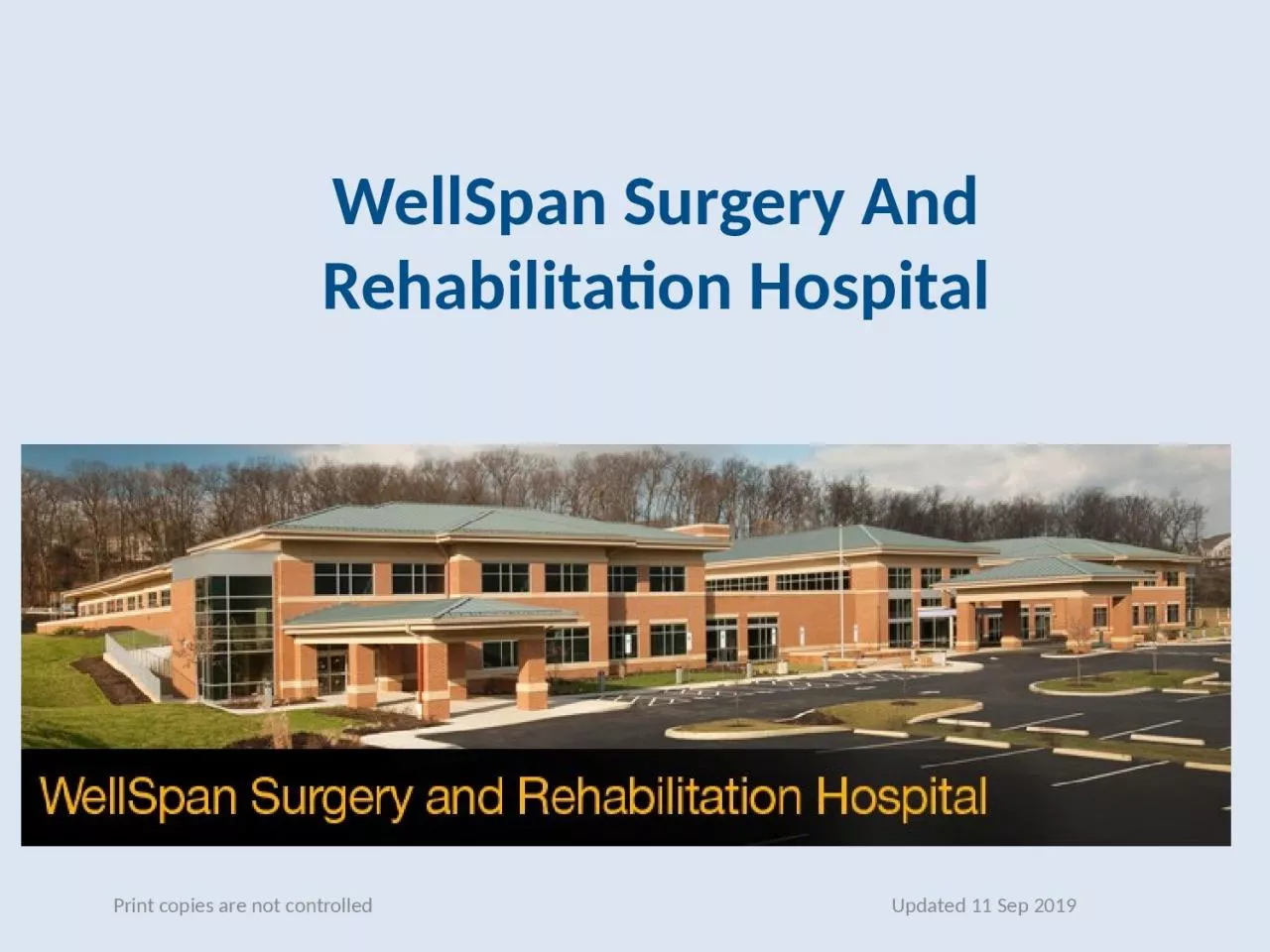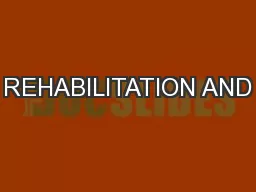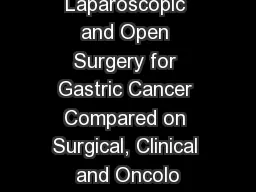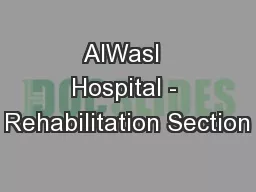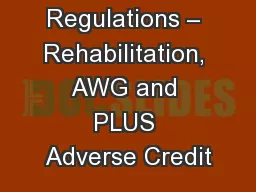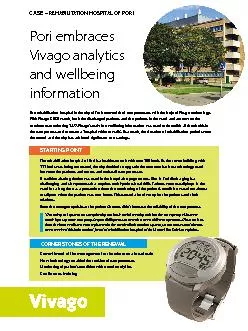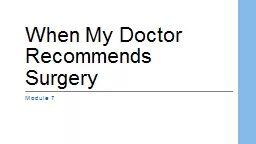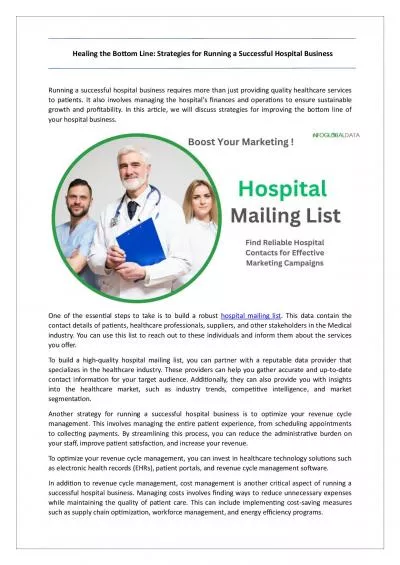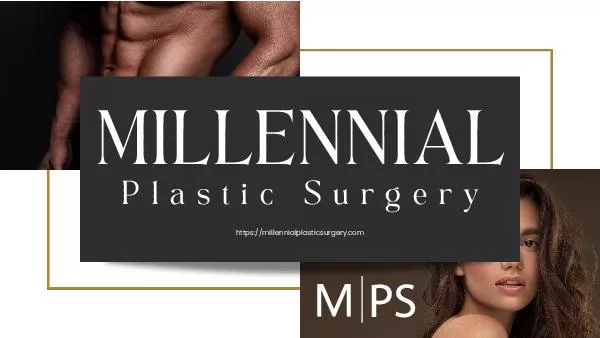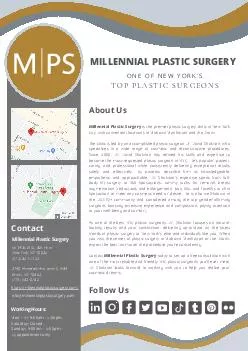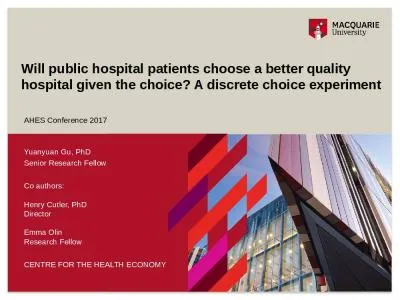PPT-WellSpan Surgery And Rehabilitation Hospital
Author : davies | Published Date : 2024-01-13
Print copies are not controlled Updated 11 Sep 2019 WellSpan Health Mission Working as one to improve health through exceptional care for all lifelong wellness and
Presentation Embed Code
Download Presentation
Download Presentation The PPT/PDF document "WellSpan Surgery And Rehabilitation Hosp..." is the property of its rightful owner. Permission is granted to download and print the materials on this website for personal, non-commercial use only, and to display it on your personal computer provided you do not modify the materials and that you retain all copyright notices contained in the materials. By downloading content from our website, you accept the terms of this agreement.
WellSpan Surgery And Rehabilitation Hospital: Transcript
Download Rules Of Document
"WellSpan Surgery And Rehabilitation Hospital"The content belongs to its owner. You may download and print it for personal use, without modification, and keep all copyright notices. By downloading, you agree to these terms.
Related Documents

